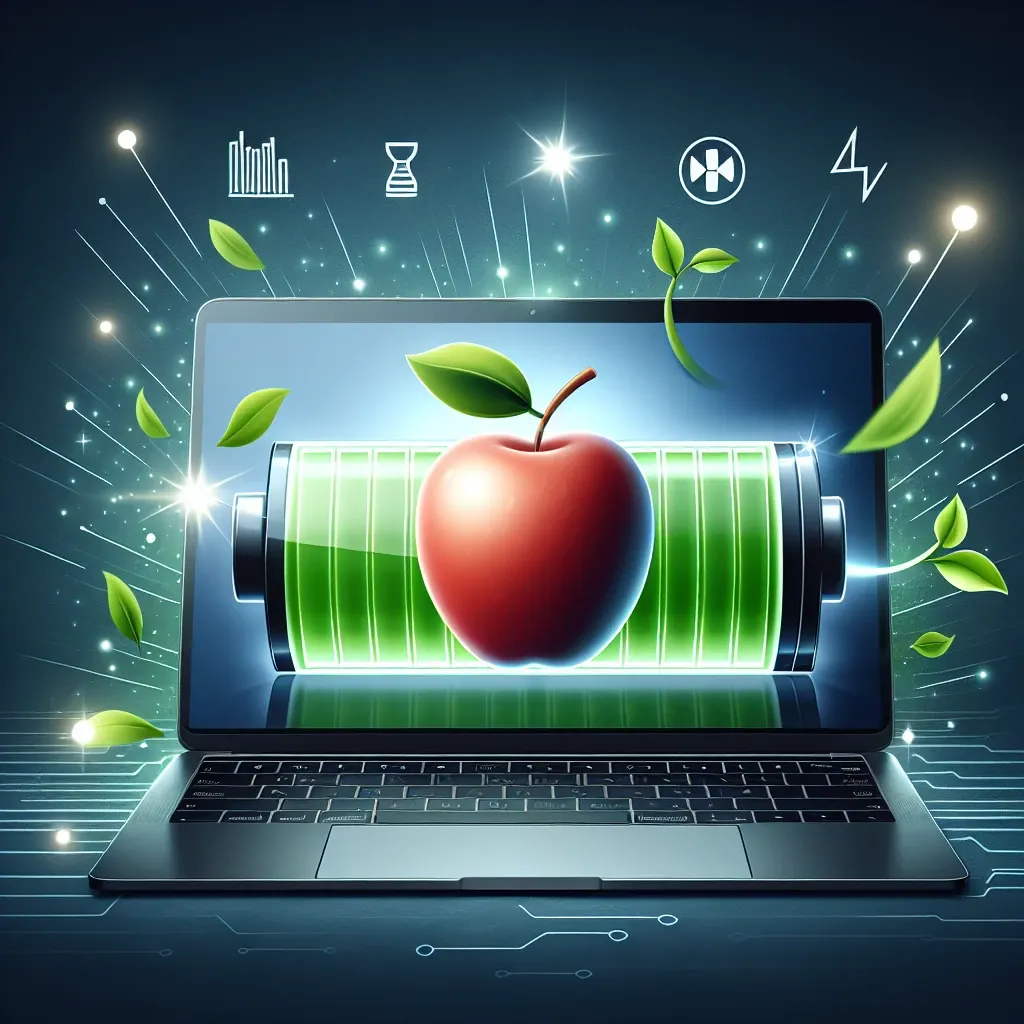Introduction
When it comes to using your MacBook, one of the most critical factors to consider is battery health. A healthy battery not only ensures that your MacBook functions optimally but also provides you with longer usage time on a single charge. In this article, we will discuss some of the best practices for preserving the battery lifespan of your MacBook.
1. Avoid Extreme Temperatures
Extreme temperatures can negatively impact the battery life of your MacBook. It is crucial to avoid exposing your device to very high or very low temperatures. High temperatures can cause the battery to degrade faster, while low temperatures can reduce the battery’s overall performance.
2. Keep Your MacBook Charged Between 20% and 80%
For optimal battery health, it is recommended to keep your MacBook’s battery level between 20% and 80% whenever possible. Repeatedly charging your battery to 100% or letting it drain completely can put unnecessary strain on the battery and shorten its lifespan.
3. Calibrate Your Battery
Calibrating your MacBook’s battery occasionally can help improve its accuracy. To calibrate your battery, fully charge it, then use your MacBook until it completely runs out of power. Afterward, recharge it to 100%. This process helps recalibrate the battery’s power management system and ensures accurate battery life readings.
4. Update macOS and Apps
Keeping your MacBook’s operating system and apps up to date can contribute to better battery health. Software updates often include optimizations and bug fixes that can enhance battery performance and efficiency.
5. Reduce Screen Brightness and Timeout
The MacBook’s display is a power-hungry component. Lowering the screen brightness and setting a shorter screen timeout can help conserve battery power. Additionally, enabling the auto-brightness feature allows your MacBook to adjust screen brightness according to ambient lighting conditions, further optimizing battery usage.
6. Disable Unnecessary Background Processes
Background processes, such as app refreshes, notifications, and syncing, can consume significant battery power. Disabling unnecessary background processes or adjusting their frequency can help prolong your MacBook’s battery life.
7. Enable Power Management Features
macOS offers various power management features that can extend your MacBook’s battery life. These features include Energy Saver, which reduces power consumption by adjusting system settings, and Power Nap, which allows your MacBook to perform tasks while in sleep mode, consuming minimal power.
Conclusion
Preserving the battery lifespan of your MacBook is essential for maintaining optimal performance and longevity. By following the best practices mentioned in this article, such as avoiding extreme temperatures, keeping your MacBook charged between 20% and 80%, calibrating the battery, updating software, reducing screen brightness, disabling unnecessary background processes, and enabling power management features, you can ensure that your MacBook’s battery health remains in good condition for an extended period.

